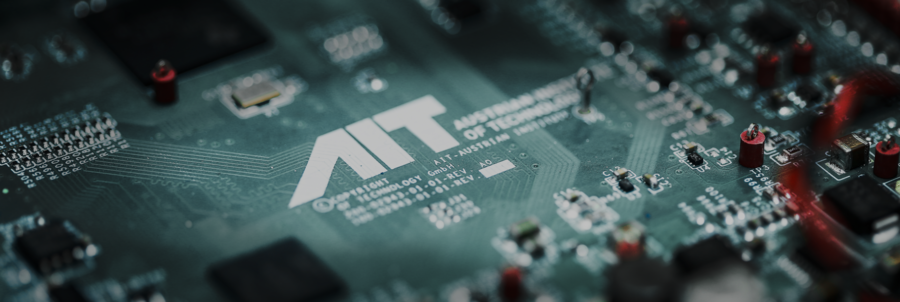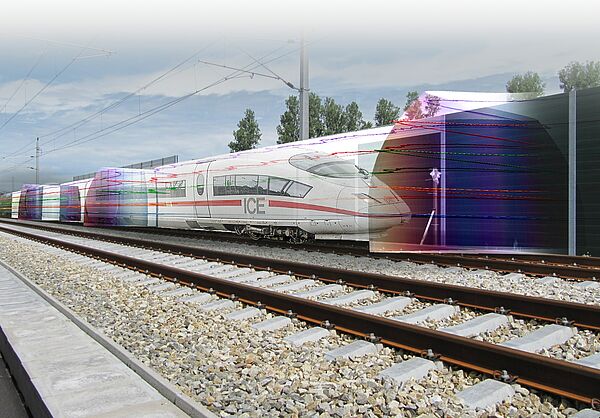Noise barriers along railway lines make an important contribution to protecting residents from noise emissions. However, they are exposed to constant dynamic loads from passing trains. Previous standards were based on conservative aerodynamic load assumptions, which often led to premature and costly renovations as speeds and line capacities increased – especially in the case of deep-founded post constructions.
The research project “LSW-DOR – Data-based optimisation of the remaining service life of existing noise barriers on federal railway lines”, funded by the German Federal Ministry of Transport (BMV) as part of the mFUND initiative, addressed precisely this issue. The aim was to realistically record and evaluate the actual stresses and remaining service lives of existing noise barriers in the German rail network.
The project consortium, led by isea tec GmbH, brought together experts from DB InfraGO AG, the AIT Austrian Institute of Technology and REVOTEC zt gmbH. Based on extensive measurements of aerodynamic and train-induced loads as well as supplementary operating and network parameters, a methodology was developed that enables a data-based, realistic assessment of the technical remaining service life.
Train type-specific load models and stress collectives make it possible to calibrate previous standard load factors with measurement data. The results show that previous assumptions are very conservative in many cases. The newly developed multi-stage concept enables targeted condition assessment and supports operators in predictive maintenance planning. This reduces both costs and material usage while extending the service life of existing noise barriers.
“The multi-stage concept for recalculating existing noise barriers, which was jointly developed and elaborated by AIT, makes it possible for the first time to include real traffic loads”, explains Vazul Boros, project manager at AIT. “This means that existing noise barriers can be operated safely and economically for longer, even with increased speeds or rising train numbers.”
The method was validated on three selected noise barriers. The findings provide a sound basis for practical application and for possible adjustments to the relevant regulations. In addition, they create valuable data bases for digital maintenance and infrastructure management in rail transport.
Project duration: 10/2022 – 09/2025
Consortium: isea tec GmbH (coordination), DB InfraGO AG, AIT Austrian Institute of Technology GmbH, REVOTEC zt gmbH
Funding: Federal Ministry of Transport (BMV), mFUND research initiative



